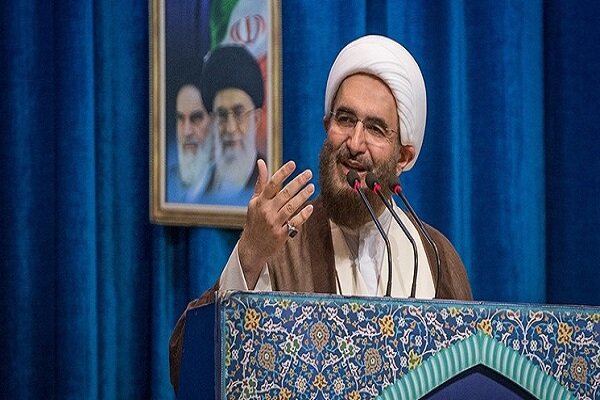
Speaking during today’s Friday Prayers sermon in Tehran, Hojjatoeslam Mohammad Javad Haj Ali Akbari pointed to the first step of reducing nuclear commitment by the Islamic Republic of Iran and added, “The decision to scale down commitments to the JCPOA came a year after the US’ unilateral withdrawal from the JCPOA and the European sides’ lack of practical measures to safeguard Iran’s economic interests in the face of US sanctions.”
In the first step last May, Iran reduced some of its commitments under the JCPOA, and gave a two-month window of opportunity to the European signatories to the JCPOA to fulfil their commitments, Hoj. Ali Akbari stated.
The second step was taken in July and Iran further reduced its commitments to the nuclear deal, and gave another two-month window of opportunity to the Europeans to honor what they had promised as part of the Joint Comprehensive Plan of Action.
Now, the third step of reducing nuclear commitments is enforced as of today, he said, adding, “the third step will be more fruitful than the previous two steps.”
Islamic Republic of Iran will not halt its commitments fully under the deal, rather, the country will follow up its decision gradually and step by step, Friday prayers leader added.
Then, he pointed to the month of Muharram, which marks the martyrdom anniversary of Imam Hussein (PBUH), and said, “the root, basis of the Islamic Revolution is based on Husseini School, based on which, resistance, patience and Jihad continued.”
“According to Husseini School, we should stand by and resist against abnormalities and this resistance will lay the ground for realizing most objectives in cultural, socioeconomic and political sectors.”







